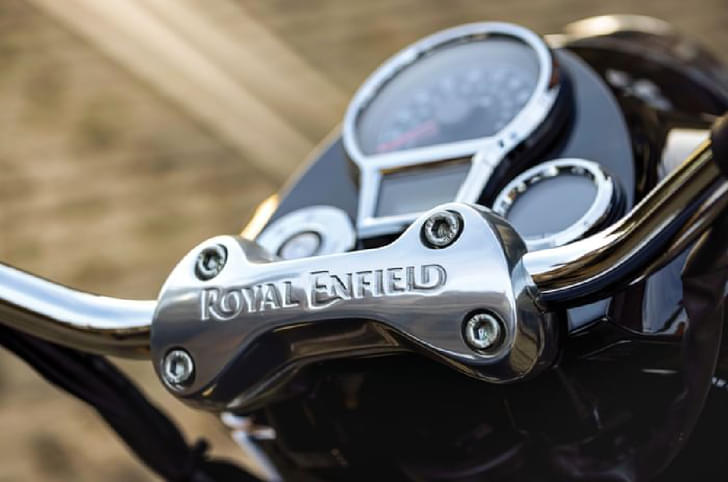The TVS Apache RTR 200 Fi E100 is India’s first-ethanol powered motorcycle that was launched last week at Rs 1.20 lakh (ex-showroom). This is TVS’ first step towards introducing a cleaner and more environment-friendly mode of transport. Here are the five most important things you need to know about the new Apache variant, starting with the fuel it consumes.
What is ethanol and what does E100 mean?
Ethanol is a renewable biofuel obtained by fermentation of crops such as sugarcane and corn. The E100 at the end of a name that seems to go on forever stands for 'ethanol 100'. In other words it signifies that this Apache runs on 100 percent ethanol. It can, however, run on E80 – a blend of 80 percent ethanol and 20 percent petrol – if pure ethanol is unavailable. These are the only two types of fuel that can power this bike and it cannot run on just regular petrol.
Advantages of ethanol as a fuel
The crops required to produce ethanol are grown in large quantities in India, so generating ethanol makes economic sense for a country that spends over Rs 7 lakh crore on crude oil and petroleum product imports.
Ethanol is also a non-toxic fuel with 35 percent oxygen content which helps reduce carbon monoxide emissions, particulate matter and sulphur dioxide. It is a far greener fuel than petrol, which makes it kinder on the environment.
Changes made for the RTR 200 to run on ethanol
There have been a few changes TVS had to make to ensure that the bike can run on ethanol. These include a twin port, twin-spray fuel-injection system and a few rubber and plastic bits also have been upgraded to specifications that can resist ethanol’s corrosive nature. This bike also gets just a single-channel ABS, against the dual-channel system that is available on the petrol models.
Barring these changes (and the bright green stripe along the bottom of the fuel tank), there’s nothing else that differentiates the Apache E100 from the rest of Apache clan. This means it has the same body panels, mini visor, headlamps, tail-lamp, et al. The 197.75cc, oil-cooled, four-valve engine produces the same power (21hp at 8,500rpm) and torque (18.1Nm of torque at 7,000 rpm) as the fuel-injected petrol Apache.
The Apache E100’s double-cradle chassis, KYB suspension, wheels and ABS-equipped brakes are also identical to those of the petrol-powered variants. The good thing is TVS didn’t skimp on slip and assist-clutch too. So what you get is a proper Apache without any compromises.
Challenges in the way of adopting ethanol as fuel
Although TVS has launched the Apache RTR 200 Fi E100 in India and says that it will be available in Maharashtra, Karnataka and Uttar Pradesh, you can’t just walk into a showroom and purchase the bike. This is because ethanol is not commercially available, at the moment. The government is yet to introduce ethanol-dispensing stations; and as of now, plans are in the nascent stage.
While the Union Transport Minister, Nitin Gadkari, is betting big on ethanol as a future fuel there’s no clearly defined roadmap in sight. As of today, we have no clue about when, where and how many fuel stations will be set up.
Is an ethanol-powered bike viable?
That's the big question. The answer: Not as of now. Ethanol’s calorific value (a measure of the energy contained in the fuel) is approximately 33 percent lower than petrol, which means that one needs to burn more ethanol to produce the same amount of energy as petrol. For an ethanol-powered vehicle to run at the same operating cost of petrol, the fuel should be priced at a significantly lower price point.
TVS claims that owing to ethanol’s low purchase cost, the total operating cost of the E100 is about 97 percent of the petrol RTR's. However, this calculation is made at an assumption of ethanol costing Rs 62 per litre. At the bike's launch on July 12, Gadkari suggested that the government aims to price ethanol between Rs 52-55 per litre to ensure similar running costs. So if TVS is to make a convincing case for ethanol, the pricing must be closer to what the minister claimed.
Lastly, the crops that need to grown to produce ethanol are highly water-intensive; and given the looming water crisis India is facing, there is also the question of whether it will be feasible (and responsible) to scale-up the crop’s production when ethanol demands increase.
RISHABH BHASKAR



































